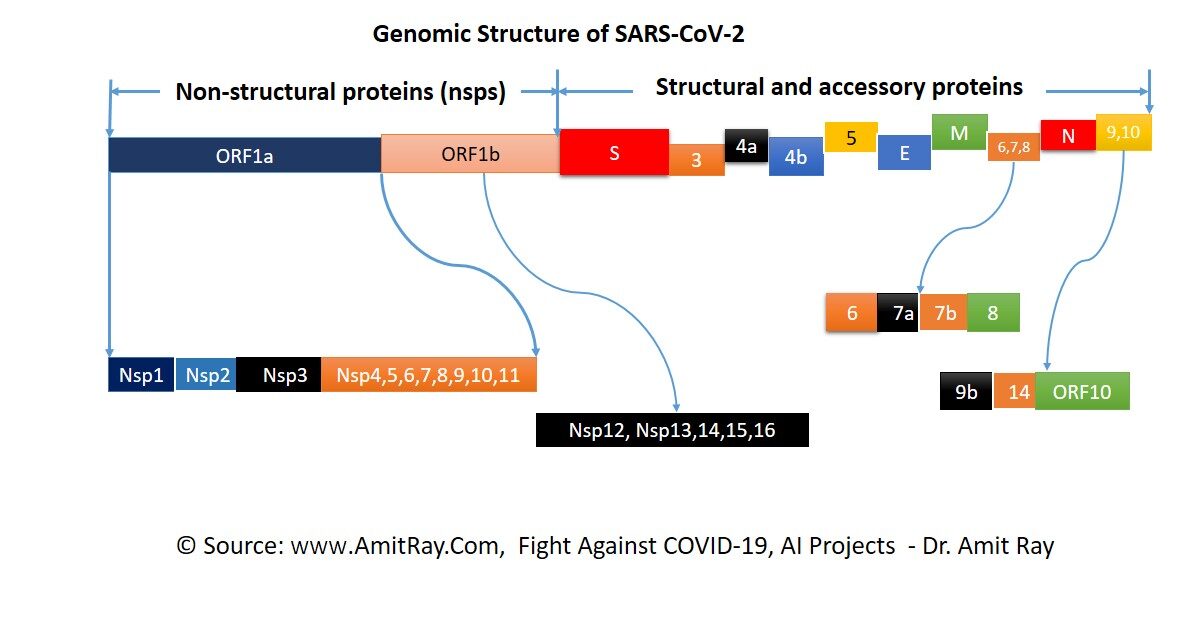Slow Breathing Yoga Pranayam to Reduce Oxidative Stress
Oxygen, the elixir of life, is indispensable for our existence, playing a pivotal role in cellular respiration and energy production. However, recent scientific observations have illuminated a paradox: while oxygen is vital for life, excessive oxygen intake can lead to oxidative stress [1], a condition associated with various diseases.
“With harmony and peace in every inhale and exhale, yoga pranayama whispers the art of reducing oxidative stress and profound well-being.” – Sri Amit Ray
This realization has prompted a closer examination of ancient breathing practices, particularly resistance pranayama, as a potential remedy for mitigating oxidative stress. Researchers observed that relaxation induced by diaphragmatic breathing boosts the body’s antioxidant defense system [2] of the body.
In this article we explore the intricate relationship between oxygen, oxidative stress, and yoga slow breathing exercises. We explore the power of yoga slow breathing exercises, and their benefits for modern health.
Recent breathing researches has shown that quick, shallow and unfocused breathing may contribute to a host of problems, including anxiety, depression and high blood pressure. However, by harmonizing the equilibrium of oxygen and other respiratory gases, slow breathing exercises in yoga pranayama may contribute to diminishing oxidative stress and fostering overall well-being.… Read more..
